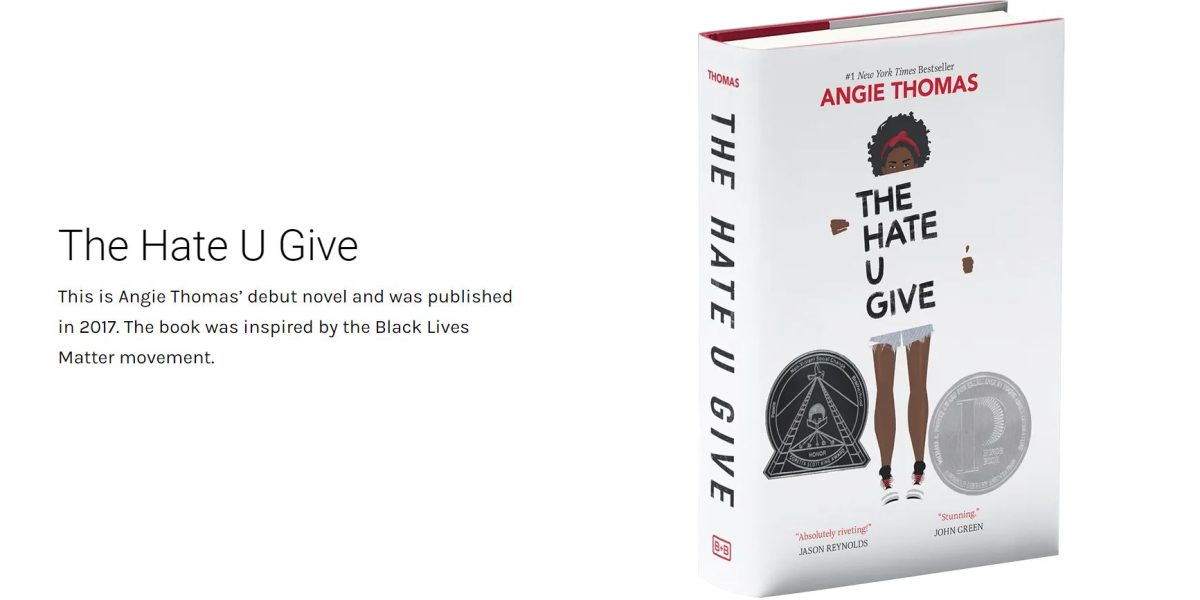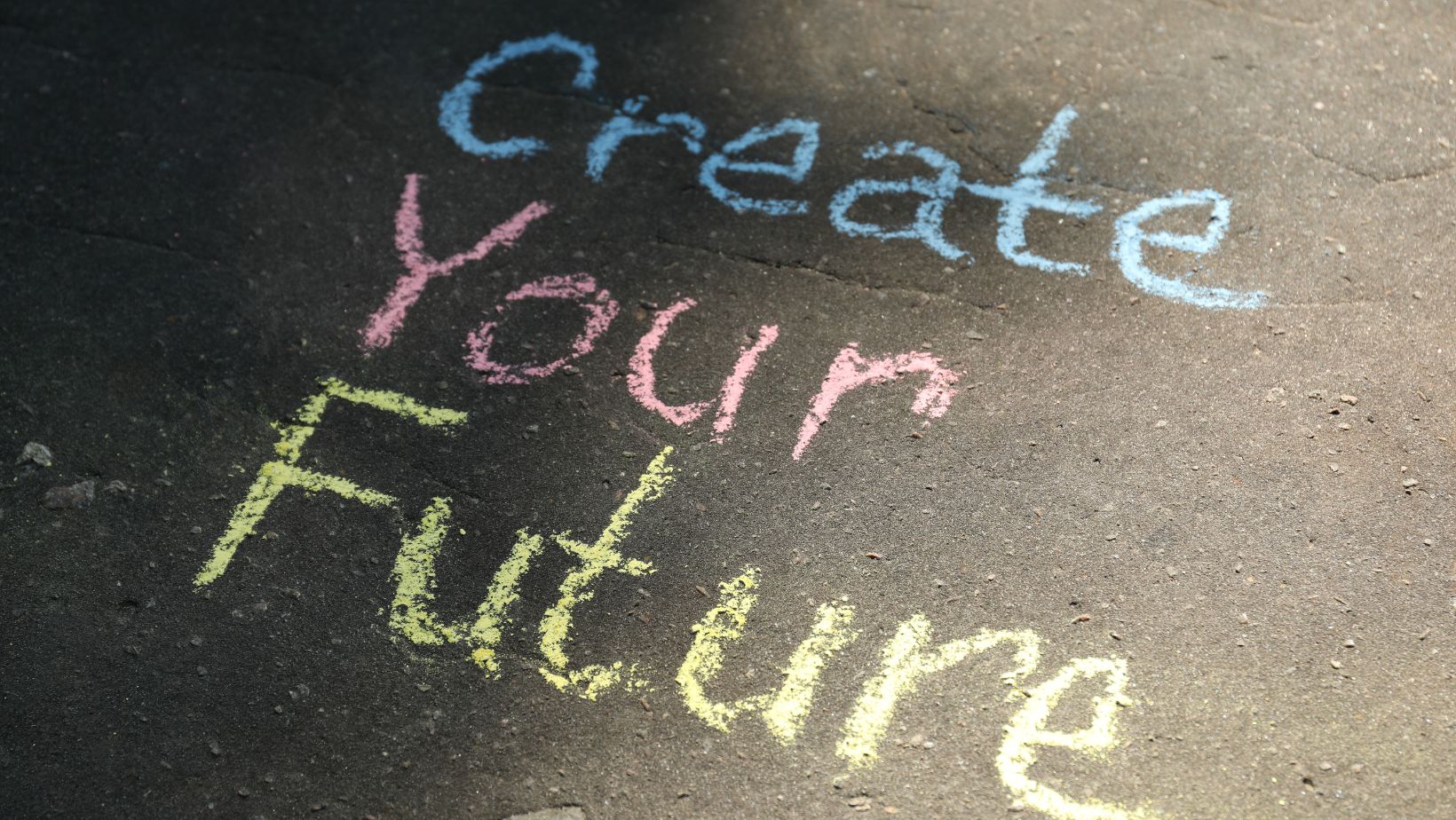Introduction
Angie Thomas’ debut novel, “The Hate U Give,” has captivated readers around the world with its unflinching exploration of racial injustice, police brutality, and the power of activism. Released in 2017, this young adult novel has made a significant impact, sparking important conversations about the systemic issues plaguing our society. In this article, we will delve into the themes, characters, and the significance of “The Hate U Give.”
A Brief Overview
“The Hate U Give” tells the story of Starr Carter, a sixteen-year-old girl who lives in the fictional, predominantly black neighborhood of Garden Heights while attending a predominantly white private school. The novel begins with the tragic shooting of Starr’s childhood friend Khalil by a police officer during a traffic stop. This incident shatters Starr’s world and forces her to grapple with the harsh realities of systemic racism and the power of speaking out against injustice.
Themes of Racial Injustice
The novel takes its title from the acronym “THUG LIFE,” made famous by rapper Tupac Shakur, which stands for “The Hate U Give Little Infants F**ks Everybody.” This phrase serves as the backbone of the book’s exploration of racial injustice. It underscores how societal neglect and mistreatment of young individuals can lead to anger, frustration, and violence, which, in turn, affects everyone.
Starr’s experience as a witness to Khalil’s shooting highlights the deeply rooted prejudice and racial profiling that young people of color face every day. The book doesn’t shy away from exposing the inherent biases within the police force and the legal system. It urges readers to question the systemic racism that perpetuates these issues.
Character Development
The characters in “The Hate U Give” are well-crafted and relatable. Starr’s journey from being a hesitant and silent observer to finding her voice as an activist is particularly compelling. She struggles to reconcile her two worlds: the predominantly white school where she is expected to be “less black” and the neighborhood where she’s viewed as “other.” Her character arc serves as a reflection of the internal conflicts faced by many individuals from marginalized backgrounds.
Khalil, as a symbol of innocence wrongly taken, drives home the message that the victims of police brutality are not just statistics but real people with families and dreams. He humanizes the devastating consequences of racial profiling and serves as a stark reminder of the countless lives affected by these issues.
The significance of the novel
“The Hate U Give” is not just a story; it’s a call to action. Angie Thomas unapologetically addresses the issues of racial injustice, police brutality, and the importance of activism. The book inspires readers, particularly young adults, to speak up and engage in conversations about race, inequality, and justice.
The novel has not only sparked important discussions but has also been incorporated into educational curricula, furthering its impact. It has provided a platform for readers to empathize with the struggles faced by marginalized communities, encouraging them to become allies and advocates for change.
Conclusion
“The Hate U Give” is a poignant and essential novel that demands our attention and introspection. It challenges us to confront the racial injustices that persist in our society and emphasizes the importance of using our voices to bring about change. Angie Thomas’ powerful storytelling, well-developed characters, and thought-provoking themes make this book a must-read for anyone interested in understanding the complex issues of racism and police brutality. Through its pages, “The Hate U Give” reminds us that we all have a role to play in the fight against racial injustice, and the power to make a difference is within each of us.





